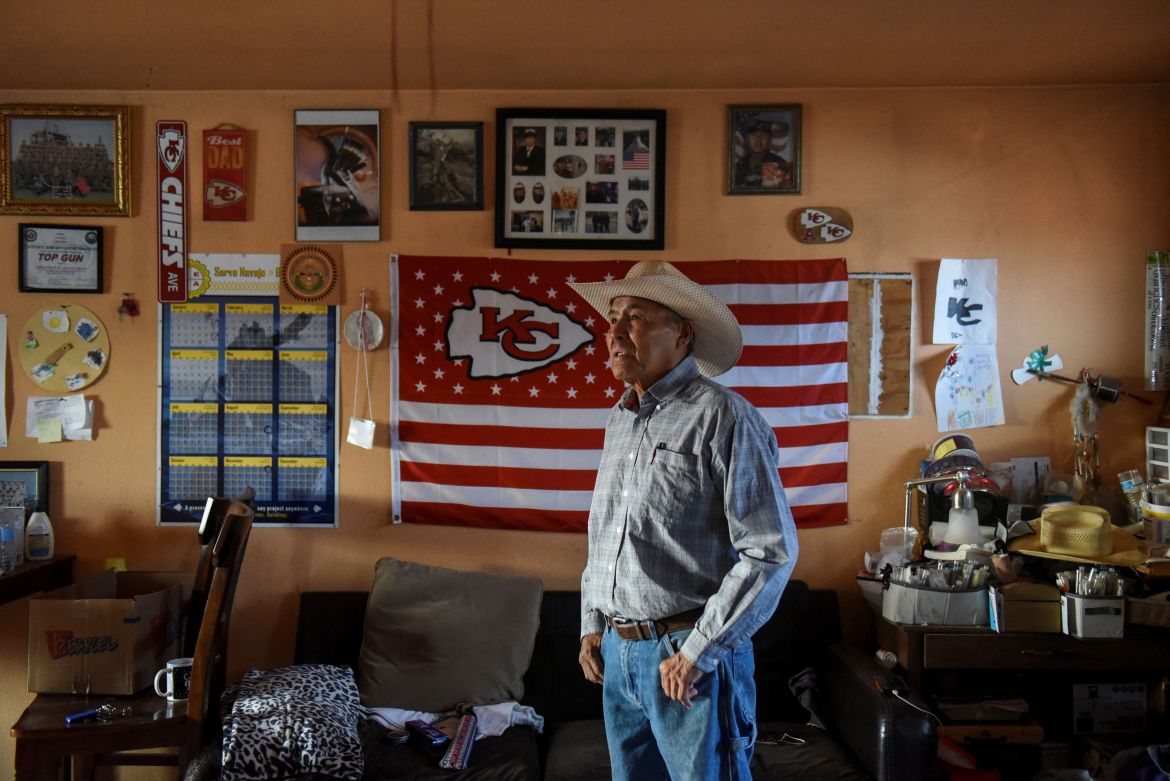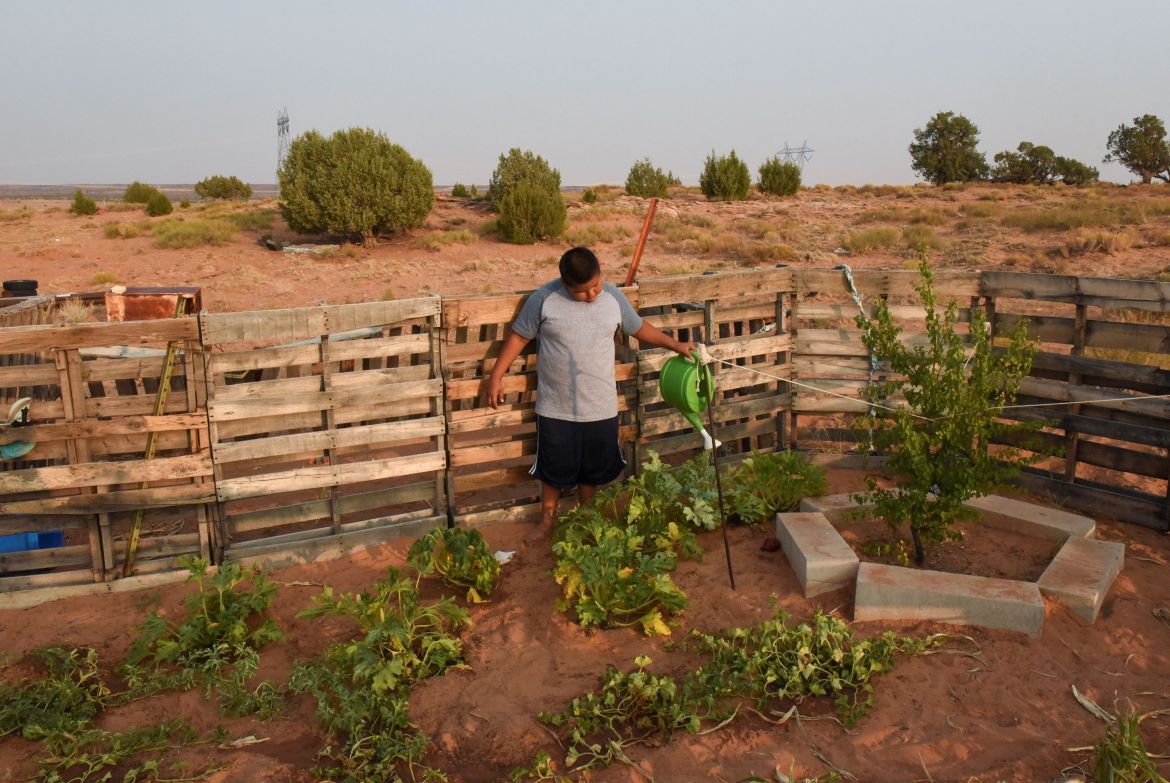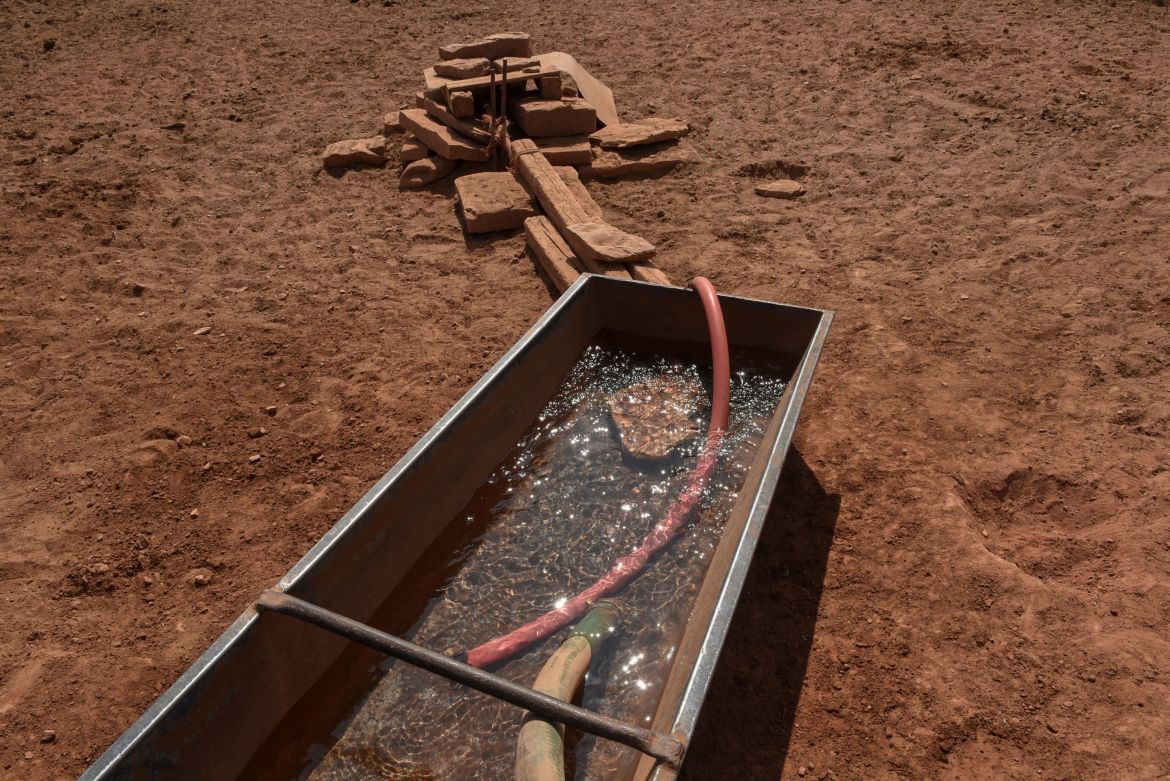In Pictures
In Pictures: Navajo Nation’s water-scarce life
Decades of severe drought is drying the lifeblood of Navajo ranchers as their lands become desert.

Two decades into a severe drought on the Navajo reservation, the open range around Maybelle Sloan’s sheep farm stretches out in a brown expanse of earth and sagebrush.
A dry wind blows dust across the high-desert plateau, smoke from wildfires in Arizona and California shrouding the nearby rim of the Grand Canyon.
The summer monsoon rains have failed again and the stock ponds – meant to collect rainwater for the hot summer months – are dry.
With no groundwater for her animals, Sloan, 59, fills a drinking trough for them with water from a 1,200-gallon (5,400 litre) white plastic tank.
She and her husband, Leonard, have to pay up to $300 to have the tank filled as her pick-up truck has broken down.
When it works, she hauls the water herself every two days, spending $80 a week on fuel.
The Navajo Nation, which covers nearly 70,000 square kilometres (27,000 square miles) straddling the US states of Arizona, New Mexico and Utah, competes with growing cities like Phoenix for its water supply.
As climate change dries out the US West, even that supply is becoming increasingly precarious.












